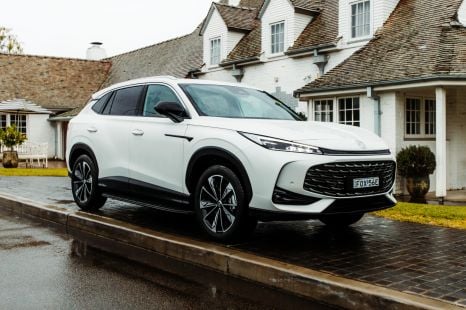

James Wong
3 Days Ago
Arguably more extreme than AMG, Brabus is a tuning house that specialises in Mercedes-Benz products, but has recently begun to branch out to other brands

Contributor
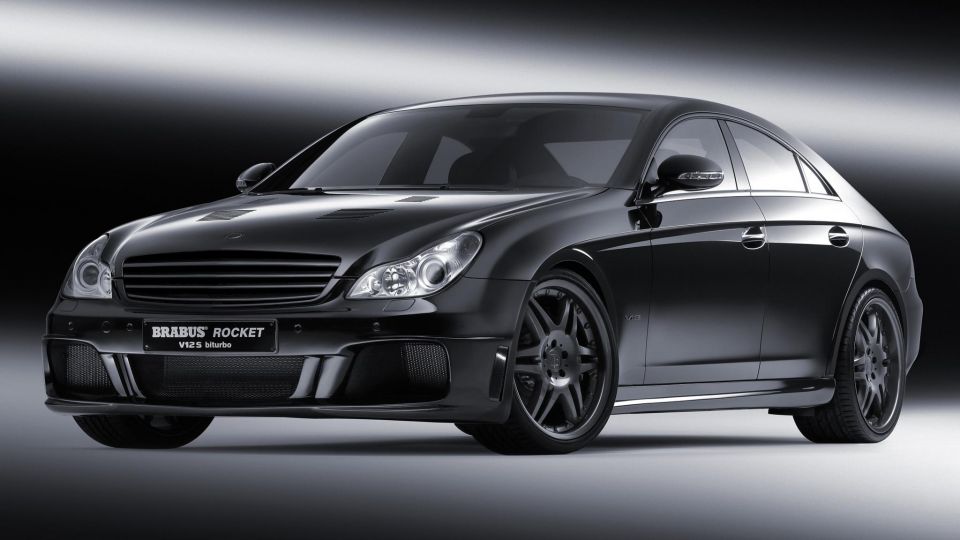

Contributor
AMG is well-known for being Mercedes’ in-house performance brand. However, before being bought by Mercedes-Benz in 1999, it acted as an independent tuning company much like Brabus.
Brabus has remained independent, and it has turned up the wick arguably even more so than current AMG models. More recently, the brand’s independence has also given it the flexibility to specialise in modifying not only Mercedes-Benz models, but also vehicles from other brands such as Porsche, Rolls-Royce and Smart.
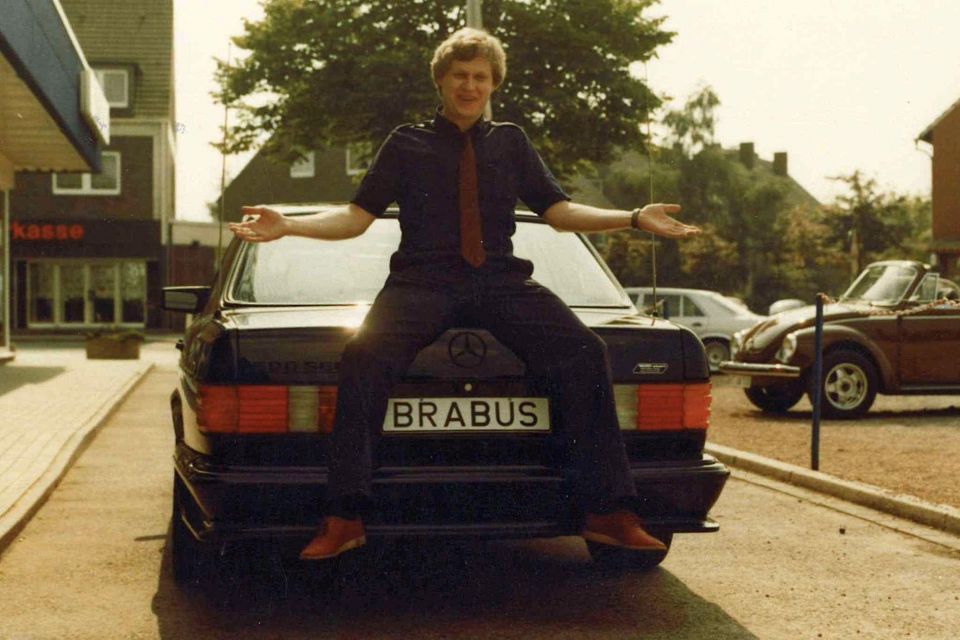
Brabus was established in 1977 by Bodo Buschmann and his university friend, Klaus Brackmann, with the company name being an amalgamation of their surnames. Born in the small town of Bottrop near the Western German city of Essen, Buschmann was the son of a local Mercedes-Benz dealer, but personally owned a Porsche 911.
As the story goes, Buschmann’s father was disappointed with his son frequently parking his Porsche next to various Mercedes models at the dealership, and instead told him to get a more appropriate Mercedes instead. While Buschmann complied by swapping the 911 for a W116 S-Class, he missed the handling and dynamics of his Porsche.
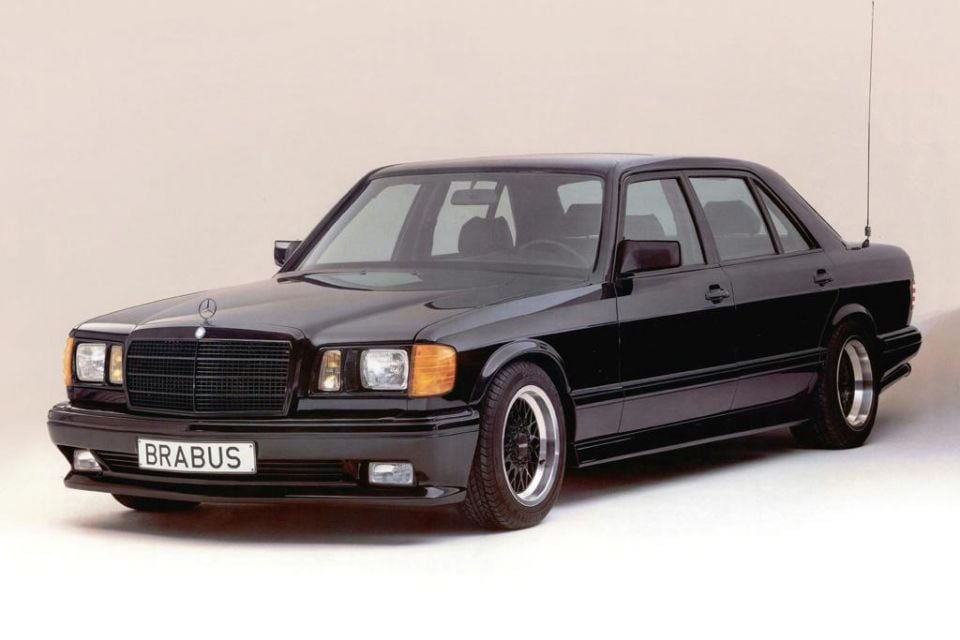
With Mercedes-Benz at the time being a firmly comfort-oriented brand, he set about making substantial modifications to improve the performance of his new S-Class to a level that could match the Porsche. In turn, this caught the attention of prospective customers at the dealership.
Some of these clients decided to entrust Buschmann with their own cars and, impressed with the results, gave him the confidence to start his own company. Generously, Buschmann’s father gave up half of his dealership’s lot area to allow his son to set up a workshop behind the dealership.
Buschmann expanded the range of Mercedes-Benz products that he could modify beyond the S-Class, with even smaller models such as 190E (predecessor to the C-Class) getting the Brabus treatment.

In Brabus guise, the 190E was upgraded with everything from an outrageous 5.0-litre V8 straight from the S-Class range, to a bored out 3.6-litre engine in the Brabus 190E 3.6S that could accelerate the car from 0-100 km/h in just 6.3 seconds.
Much as Hertz ordered special Mustangs for its fleet, German rental car company Sixt was so impressed with the performance of Brabus’ 190E that it ordered 200 examples in 1984. Brabus was well on its way to expansion, moving into new premises and building a dedicated factory.
Today, Brabus is arguably the largest independent tuning company that specialises in Mercedes-Benz vehicles, and perhaps one of the largest tuning houses outright. Claiming to be active in over 100 countries, Brabus employs approximately 3000 people worldwide, and has a production footprint in Germany that consists of five factories.

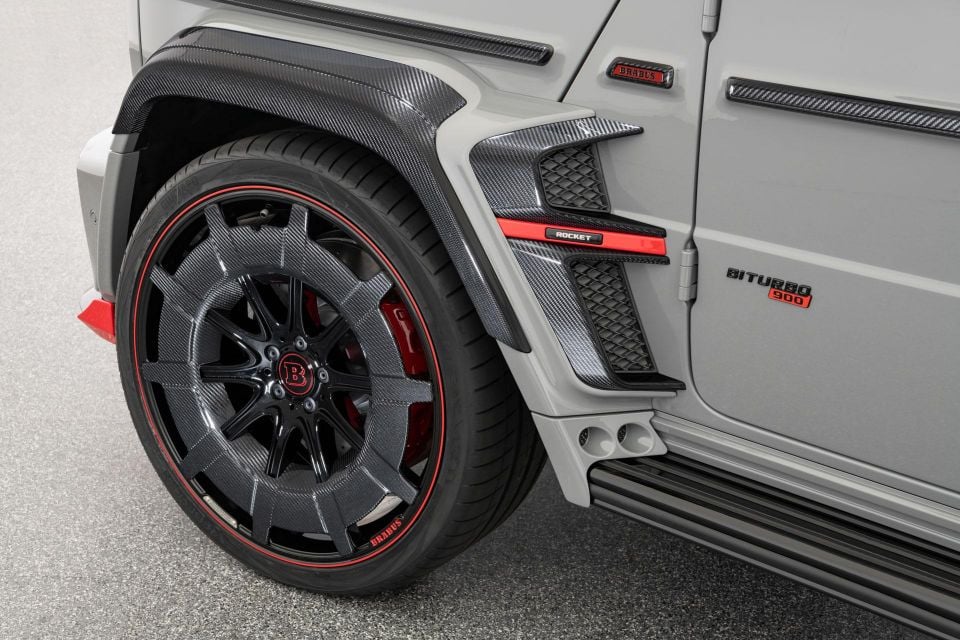
Whilst Brabus models often receive headlines and attention for their incredible power figures and performance, today their transformation of standard Mercedes models extends to customising interior elements as well. The brand claims that each car built can have an interior tailored to the buyer’s preferences, including having a coloured glaze applied to various switches and trim elements, as well as upgraded leather and other interior upholstery options.
Through its Startech subsidiary, Brabus also offers modifications for a variety of brands such as Jaguar Land Rover, Aston Martin, Bentley, Maserati and Tesla.
Additionally, Brabus maintains a ‘Six-Star’ classics restoration service for older Mercedes-Benz models such as the classic 280SL ‘Pagoda’ and the 300SL Gullwing coupe and Roadster.
For VIPs, the company also offers armoured versions of the Mercedes-Benz G-Class 4×4, known as the ‘Invicto’, certified to the VR6 Plus ERV standard.
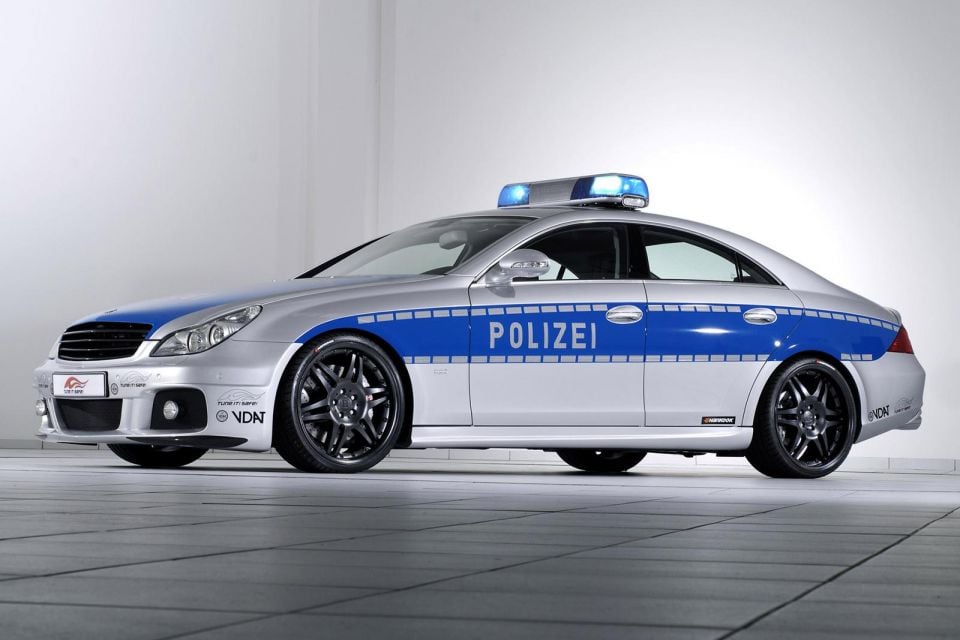
Brabus occupies a rarefied status in the automotive world, and with the potential for each vehicle to be heavily customised to the buyer’s preferences, arguably all Brabus vehicles are special.
Perhaps one of the more famous models made by the Bottrop based tuner is the original Brabus CLS V12 S Rocket sedan. Making its debut at the Frankfurt Motor Show in 2005, Brabus transplanted its 6.3-litre twin-turbo V12, producing a whopping 537kW of power and 1320 Nm of torque (electronically limited to 1100Nm to protect the drivetrain), into the original Mercedes-Benz CLS.
It had a 0-100km/h sprint time of just 4.0 seconds and, perhaps more impressively, a top speed electronically limited to 350 km/h, but tested to 362 km/h on track with the speed limiter removed.
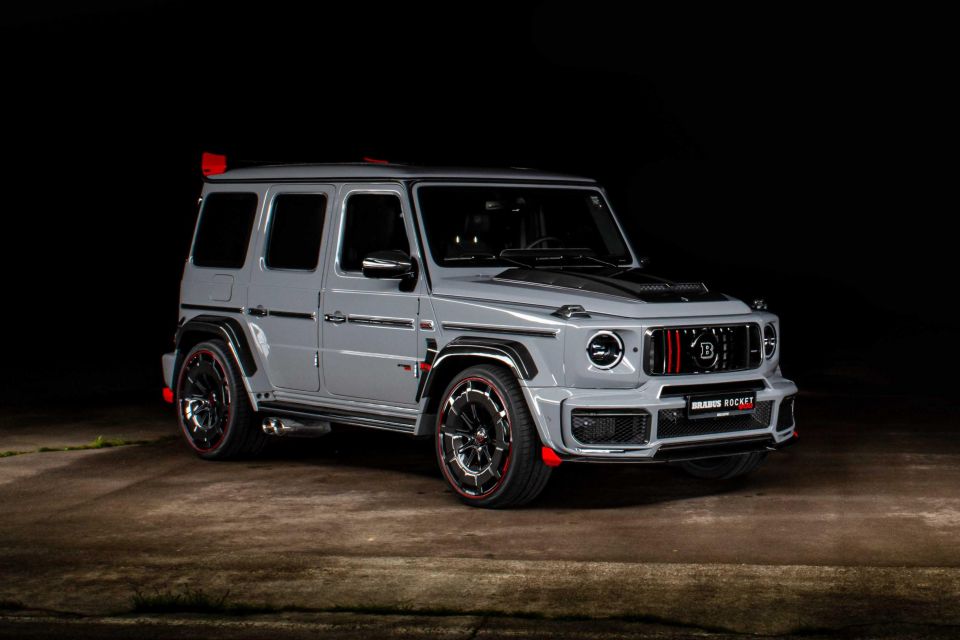
This made the Brabus Rocket the fastest car with four doors at launch. Interestingly, Brabus also made a police version for the German federal traffic ministry’s ‘Tune It Safe!’ program, designed to promote safe and legal tuning practices.
One model that Brabus likes to tinker with in particular is the Mercedes-Benz G-Class, and the tuner has produced several variations of this model. Most recently, Brabus has developed the ‘900 Rocket Edition’, its most powerful G-Class modification yet.
With only 25 examples being made, the 900 Rocket edition makes use of a 4.5-litre twin-turbo V8, now producing 662kW of power and 1250Nm of torque, to accelerate the car from 0-100 km/h in just 3.7 seconds, with an electronically limited top speed of 280 km/h.
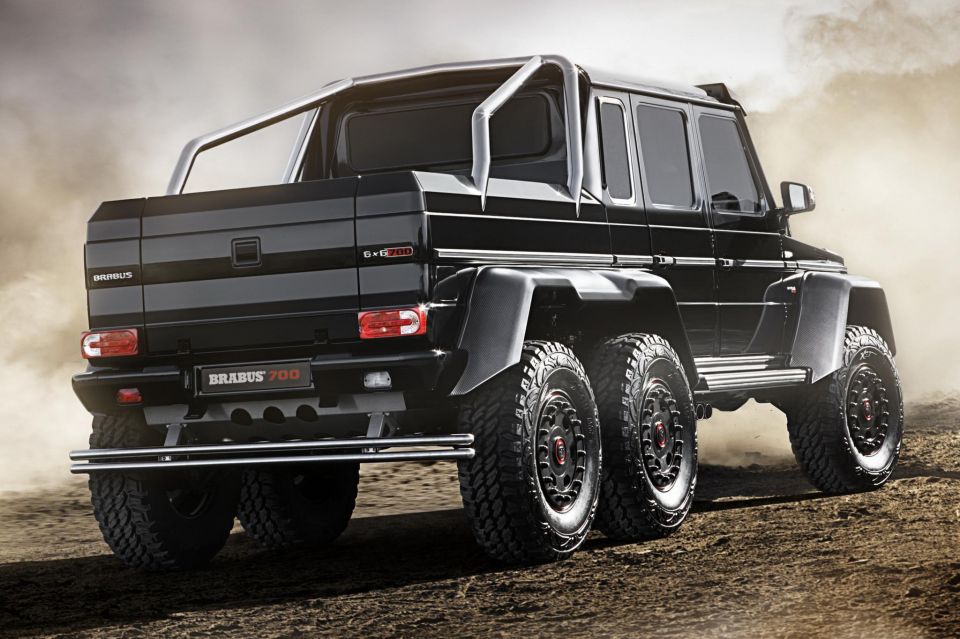
Mercedes itself was on the edge of craziness when it unveiled the six-wheel drive Mercedes-Benz G63 AMG 6×6 in 2013, and Brabus took this one step further with the B63S-700 6×6.
Already featuring a powerful 400kW 5.5-litre V8 engine in standard AMG form, Brabus managed to uprate it to 515kW, reducing the 0-100 km/h acceleration figure to only 7.4 seconds – impressive for a car that weighed close to four tonnes, without compromising its impressive off-road ability.
In the eyes of many, the 300SL Gullwing remains the most beautiful Mercedes-Benz ever made, with its stunning doors and dramatic side vents. In 2018, Brabus set its employees the task of altering arguably the most special Mercedes made.
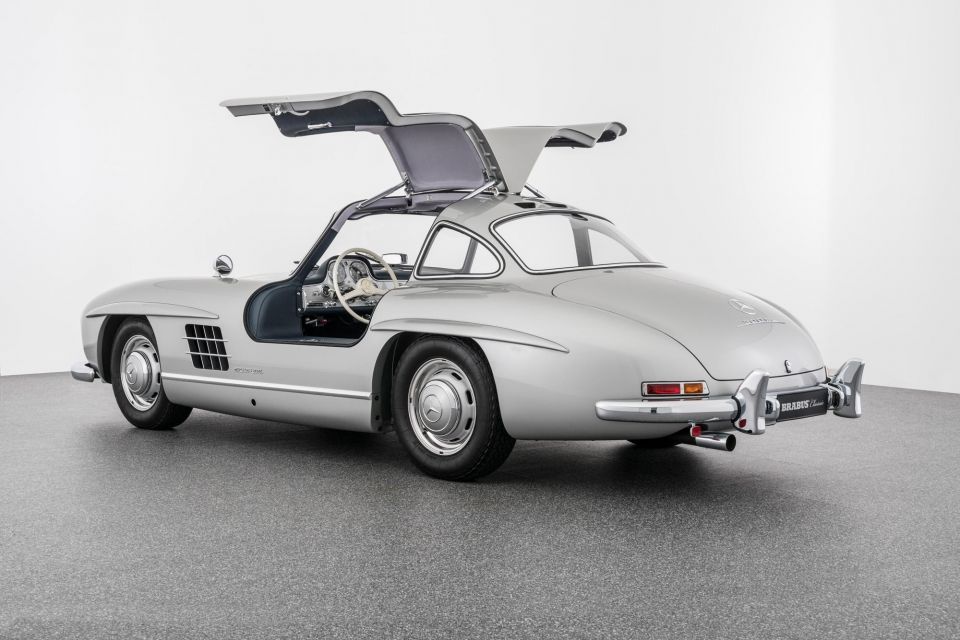
However, instead of replacing the engine or making ostentatious design or styling changes, the Brabus team set about restoring the vehicle to concours level brand-new condition, in a demonstration of the firm’s restoration prowess.
A bare metal restoration, Brabus reconditioned or replaced all electrical components, and made use of advanced technologies such as cataphoretic dip priming to guarantee rust protection.
Take advantage of Australia's BIGGEST new car website to find a great deal on a Mercedes-Benz.


James Wong
3 Days Ago
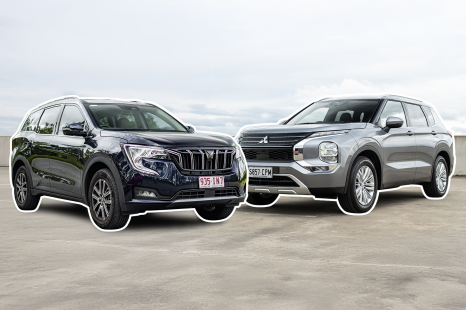

Andrew Maclean
2 Days Ago


Max Davies
2 Days Ago
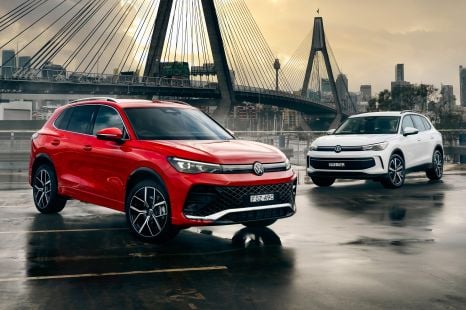

Max Davies
2 Days Ago


Josh Nevett
1 Day Ago
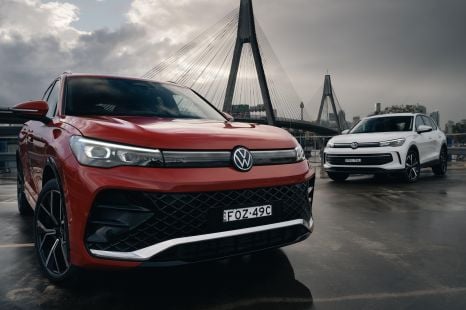

Max Davies
20 Hours Ago